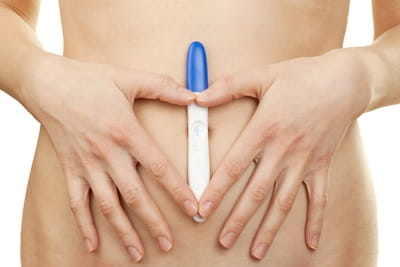Sometime in the next couple of weeks, you’ll go in for your “big” ultrasound—the anatomy scan. We often focus on this as the time when you can (if you like) find out whether you have a little boy or a little girl, but your health care team will gain lots of important information about your baby’s growth and development during this scan.
What you’ll get to see
Besides learning the gender, you’ll get your first peek at lots of new details about your baby:
- Beating heart
- Hands and feet
- Face
- Organs like the stomach and kidneys
- Movements, like tiny kicks and punches
What your provider is looking for
The sonographer will freeze the moving ultrasound image many times to take pictures and measurements of things like:
- Overall length of your baby
- Estimated weight
- Size around the middle
- Size of the head
- Brain and spine
- Placenta
- Amniotic fluid levels
This scan will also check for markers that could indicate chromosomal problems, such as Down syndrome or Turner syndrome. If none of these markers are present, it’s a great indication that your baby is healthy. But, even if one or more markers are present, the chance is very low that your baby has one of these problems. Your doctor will order further testing if there is any doubt.
What can the sonographer tell me?
The sonographer can generally tell you the gender of your baby, estimate baby’s size and weight, and point out tiny body parts and organs. Sonographers aren’t trained to pick out (or tell you about) any potential problems (or tell you that there aren’t any problems).
Are there any risks?
Research hasn’t found any evidence that ultrasounds pose any risks to you or your growing baby. Even so, you likely won’t have any more ultrasounds after this one, unless there’s a medical reason to do so, just in case there are risks that we don’t yet know about.




